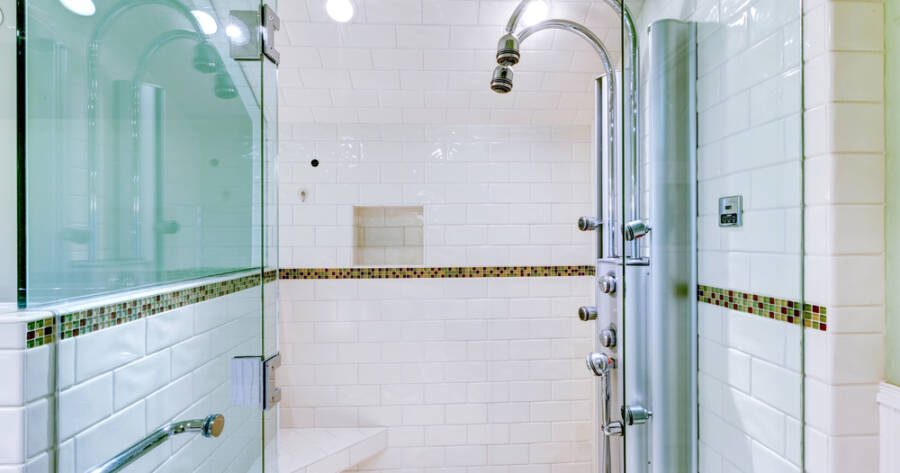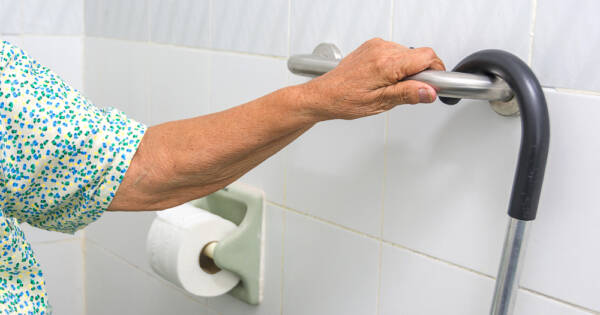For many seniors, maintaining independence at home can become increasingly challenging. The bathroom often poses one of the biggest hurdles. Fortunately, walk-in showers could be a solution. Moreover, seniors might be eligible for grants to help implement such adaptations. Discover how these grants could make a significant difference in creating a safer and more accessible bathroom environment.
What Is a Walk-In Shower?
Walk-in showers are thoughtfully designed to provide ease of access and a safer showering experience. Featuring a low threshold or no threshold entrance, they eliminate the need to step over a high barrier.
This design greatly reduces the risk of slips and falls that conventional tubs and showers may pose. Many walk-in showers also include handrails, seating, and non-slip flooring to further improve safety and comfort. Their contemporary designs also add a touch of modern elegance to any bathroom.
Benefits of Walk-In Showers for Seniors
For older adults, walk-in showers might offer numerous advantages beyond mere practicality. Their easy-to-navigate design can significantly reduce the risk of bathroom-related accidents. Customisable features like seating, handrails, and adjustable showerheads allow for personalised comfort and usability.
Additionally, these showers may promote a greater sense of independence and dignity. Improved safety could lead to reduced anxiety around daily bathing routines. As a result, health and well-being may also improve considerably with such ease of use.
What Grant Is Available?
The UK offers the Disabled Facilities Grants (DFGs) to assist individuals in installing adaptations like walk-in showers. These grants are typically available to those with significant needs related to age or disability. They aim to facilitate modifications that make living conditions safer and more accessible.
The application process typically involves an assessment of the individual’s unique requirements by an occupational therapist. It’s advisable for seniors and caregivers to be aware of such assistance to create a safer living environment.
How Much Is Available?
The amount available varies across the UK. In England, up to £30,000 may be accessible to address necessary home modifications. Meanwhile, seniors in Wales could potentially obtain grants of up to £36,000.
Northern Irish residents could be entitled to a maximum of £25,000 for adaptations. These figures reflect the comprehensive support potentially available to ensure essential adaptations. It’s essential for applicants to understand these regional variations when planning modifications.
What To Know About Eligibility and Applying
Eligibility for Disabled Facilities Grants often hinges on specific criteria. Primarily, applicants need to demonstrate a clear need for home adaptations due to disability or age-related challenges. Financial assessments are usually part of the process, ensuring support goes where it’s most needed.
The local council conducts assessments which could include home visits by an occupational therapist. Moreover, understanding the paperwork and requirements ahead of time might streamline the process. For those feeling overwhelmed, professional advice and support might be beneficial.
Learn More Today
Considering a walk-in shower could be a pivotal step in enhancing safety and quality of life for seniors. By exploring the available grants, individuals may find that financial assistance makes this more feasible. Understanding both the benefits and application process ensures seniors gain the most from these opportunities.
For more detailed information on eligibility and application, contacting local councils or speaking with experts in home adaptation may prove invaluable. Empowerment through knowledge could be the first step towards safer, more independent living for seniors.




